Biological diversity

In earlier times the non-farmed land was used for grazing and the harvesting of animal fodder. The fields were fertilised using dung from the animals grazing there. The flora growing on the land both on the inside and on the outside of the borders of the farm were affected by this way of farming.
At the sites of Penne and Jølleheia we can see the residue of this old, cultural-dependable, biological diversity.
In this area there are registered approximately 220 different Vascular plant species. This diversity is first and foremost to be found in swathes of land that have been continually worked and without the use of artificial fertiliser. The Eliette grounds at Penne are a particular good example of such a plot.
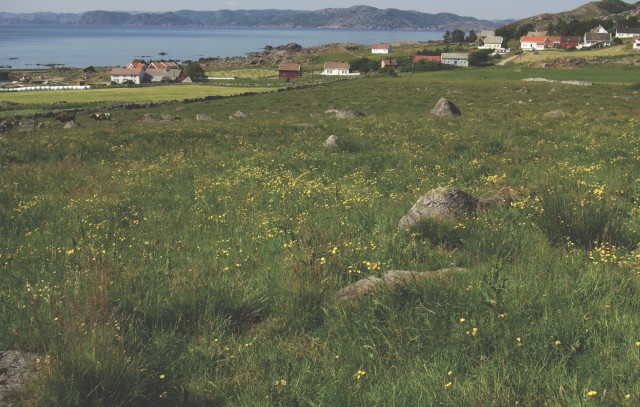
The Eliette grounds are registered as an important natural grazing area of regional importance and hold many site-specific culturally-dependable species.
Here grow plants like Crested Dog’s-tail, Ragged Robin, Brown Sedge, Downy Oat-grass, Northern bedstraw, Heath Spotted Orchid and Lesser Butterfly-Orchid. These species tell us that these grounds have been mowed and grazed for centuries. Along the stone walls and by the edges of the cleared land one may find valuable culture-land flora like this
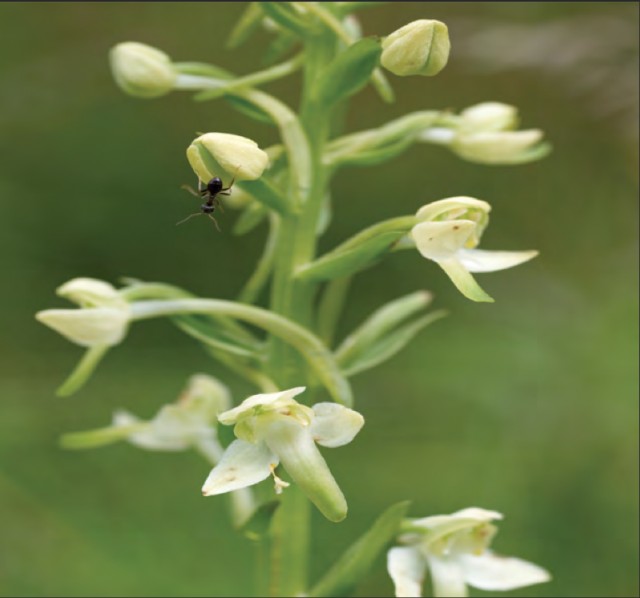 Greater Butterfly-Orchid.
Greater Butterfly-Orchid.
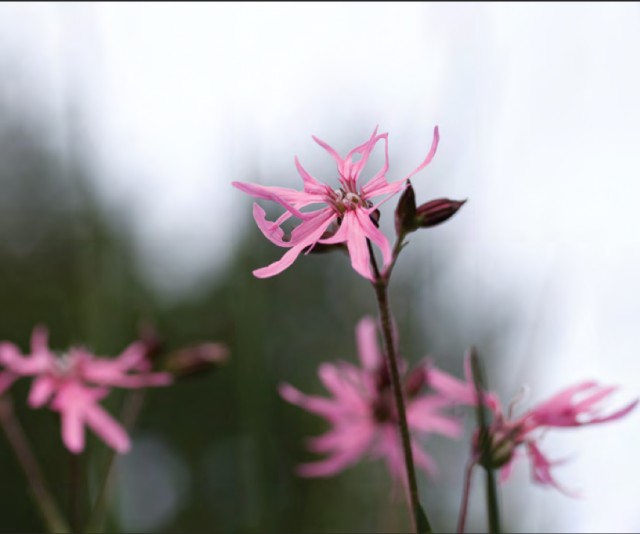 Ragged Robin
Ragged Robin
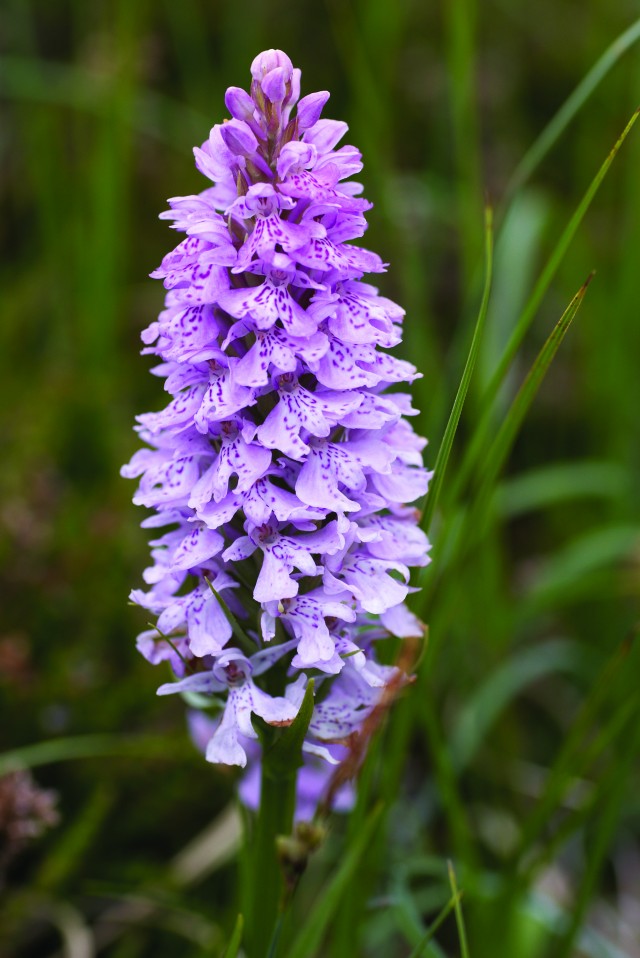 Heath Spotted Orchid.
Heath Spotted Orchid.
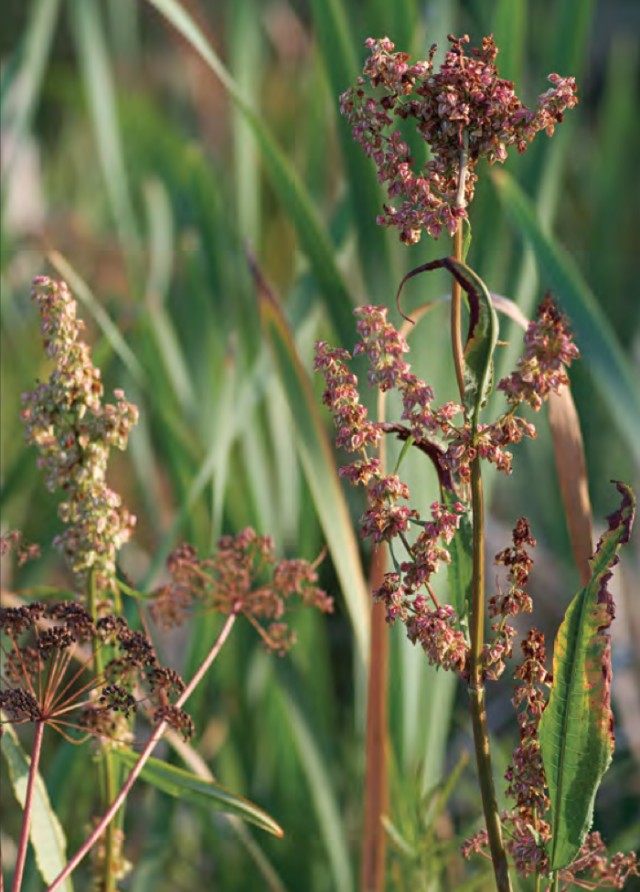 Great Water Dock.
Great Water Dock.
In the plant conservation area at Vere the rare Great Water Dock has one of its few growing areas in Norway. From 1882 up to around 1970, the species were only known to be found at this location. The plant is now red-listed and is deemed to be vulnerable. The soil at Vere has become drier the last few years due to the areas to the back of the site being drained off. This is a problem for the Great Water Dock as it needs swampy areas full of nutrients to thrive.